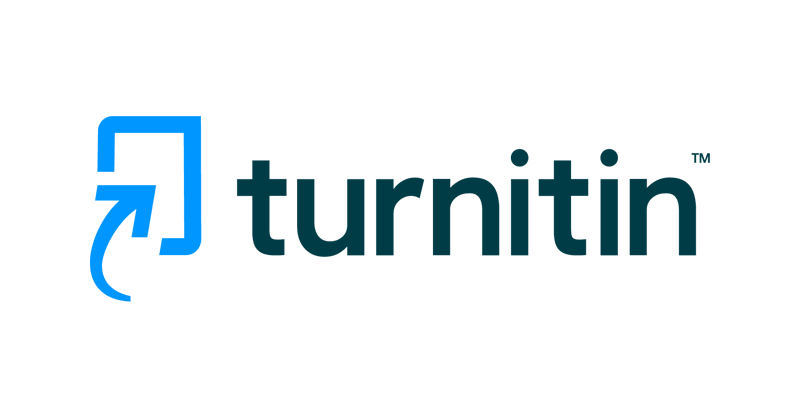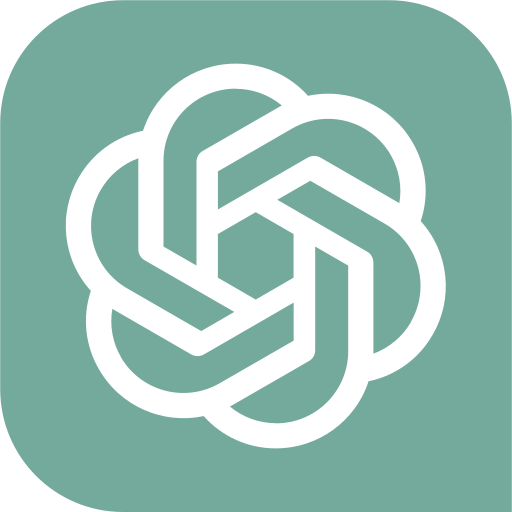Are you also wondering if Turnitin can detect ChatGPT and QuillBot?
Well, the short answer is yes, Turnitin can detect ChatGPT and QuillBot.
Turnitin can detect content produced by both ChatGPT and QuillBot. It has sophisticated software designed to recognize patterns, stylistic elements, and structural characteristics that are indicative of AI-generated or heavily paraphrased writing.
Turnitin is a widely popular software tool used by academic and educational institutions to determine the academic integrity and originality of their students’ works.
Using this tool, teachers and professors can run a similarity check that helps them see if there are any similarities between their student’s work and any other work, which will in turn help them determine if the work is original and authentic or not.
While there has been much debate amongst the academic community about whether Turnitin’s reports indicate plagiarism or not, Turnitin themselves have declared that while their software can detect similarity, it is not a replacement for the expert judgement of an instructor.
In fact, they say that it is merely a tool that will assist teachers and professors in determining whether the work is plagiarised or not.
Hot on the heels of the new burst in development in AI technology, Turnitin announced its latest features which allow the software to detect AI writing in files.
Many are now wondering if Turnitin can detect ChatGPT and QuillBot.
Well, there is no need to keep wondering, as we are here to answer your question!
Read on to find out how Turnitin detects ChatGPT and QuillBot in your work.

How Can Turnitin Detect ChatGPT?
Yes, Turnitin can detect ChatGPT.
Turnitin can detect content generated by ChatGPT using its sophisticated algorithms designed to recognize the patterns and stylistic elements typically found in AI-generated writing.
ChatGPT has recently become incredibly popular amongst the masses for its massive potential in providing assistance on a variety of tasks, and the applicability of its services.

It is a highly efficient form of artificial intelligence that provides responses and solutions in real time using conversational language and text.
What this means is that ChatGPT can talk to you and understand you like a chatbot, and can process prompts fed to it in the form of text –– normal text that you would type in anywhere else.
It is a highly intuitive generative artificial intelligence, and as such, you can just imagine the range of possibilities that it would have in its application.

One such application that has concerned the academic and educational world, is ChatGPT’s ability to write assignments for students with the mere provision of a prompt.
In fact, this has become so “useful” that many students have used ChatGPT for this purpose!
This has become a great worry amongst teachers, professors, and academics of all sorts, as they believe that it hinders the learning process, does not help demonstrate the students’ learnings and could be highly unethical if the student tries to pass AI writing as their own original work.
In response to this growing popularity of ChatGPT’s utility amongst students, Turnitin has stepped forward and announced that it has been working on AI writing detection tools to incorporate into its software, which will help instructors figure out if the submitted work has been done by AI or not.
They also announced that these services would be available to their customers very soon and that they are working on developing more tools and technology that can make this detection and evaluation even easier.
Once a file is submitted to Turnitin, teachers and professors will be able to access the AI writing detection results.
This is available within the Similarity Report that Turnitin generates.
There will be an option to view not only the AI writing percentage of the whole work but also to review which parts of the work were written by AI and which were written by humans.
As such, even if the student writes a part of it themselves and the other part is written by ChatGPT, Turnitin will be able to detect which part was written by whom.
How Can Turnitin Detect QuillBot?
Yes, Turnitin can detect QuillBot.
Turnitin can detect text paraphrased by tools like QuillBot because its software is designed to identify computer and AI-generated writing.
Additionally, Turnitin is developing further tools to specifically detect content from “word spinners” like QuillBot, thus enhancing its ability to recognize not just AI generated, but also paraphrased content from any source.
QuillBot is a similar AI tool to ChatGPT, though it has a different application and has been around longer.

However, this tool is often used alongside ChatGPT by students to make the work seem more authentic and closer to human.
QuillBot is an online AI tool that allows users to paraphrase text however they like.
The tool offers different “types” of paraphrasing, such as shortening a text, lengthening a text, making it sound more professional or academic, or even simplifying it.
Though it is a great tool to help the user condense, understand, or simplify information for their knowledge, its potential is not passed unnoticed by students.
Often, this tool is used by students to paraphrase certain passages and bodies of text to modify their wording while retaining the essence and meaning behind it.

With the rise of ChatGPT and other generative AI writing tools, students have now started to use QuillBot to paraphrase AI generated texts to pass them off as more human and original.
However, Turnitin has stepped forward and announced plans to account for this as well.
Turnitin claims that currently, its AI writing detection tools are able to detect AI writing even after it has been paraphrased using a paraphrasing tool (ex: QuillBot).
This is because their software is designed to detect computer and AI generated writing.
Furthermore, they have also declared that they have been working on developing separate tools that will further be able to detect content generated from “word spinners” like QuillBot.
This means that even if the content was not really AI generated but paraphrased from another source using word spinners, Turnitin will be able to detect this as well.
As such, it is clear now that even if the student uses QuillBot to paraphrase content written by ChatGPT to make it more suitable for the context of the work, Turnitin will be able to detect the paraphrased content that was originally written by AI.